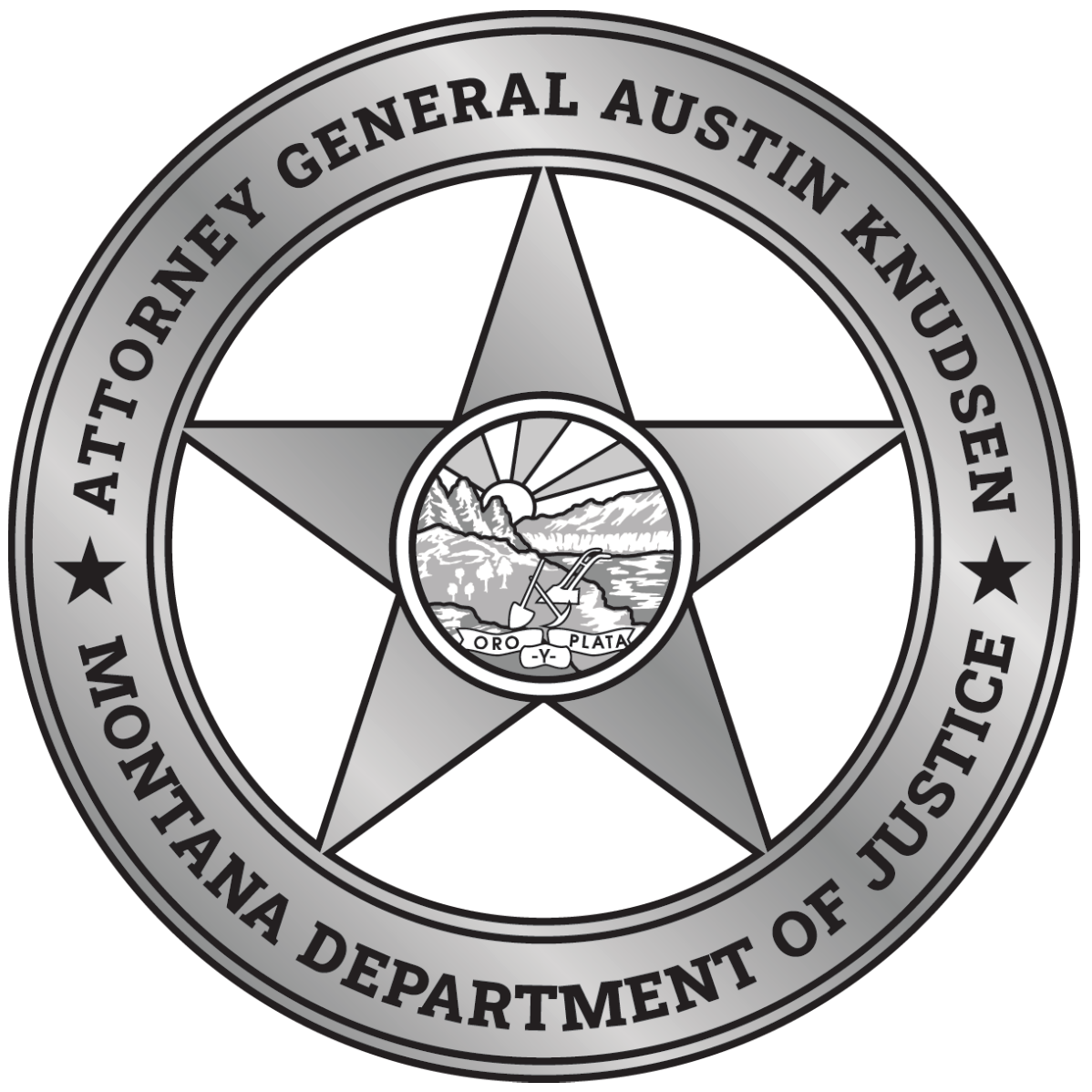Mission Statement
The mission of the Department of Justice is to pursue activities and programs that seek to ensure and promote the public interest, safety, and well-being through leadership, advocacy, education, regulation and enforcement.
The Department of Justice, under the direction of the Attorney General, is responsible for statewide legal services and counsel, law enforcement and public safety. The duties of the department are as follows:
- Provide legal representation for the state and its political subdivisions in criminal appeals
- Provide legal services and counsel for the state, county and municipal agencies, and their officials
- Enforce Montana traffic laws and register all motor vehicles
- Enforce state fire safety codes and regulations
- Assist local law enforcement agencies in bringing offenders to justice
- Manage a statewide system of death investigations and provide scientific analyses of specimens submitted by law enforcement officials, coroners and state agencies
- Maintain and disseminate criminal justice information to authorized state, local, and other entities
- Provide uniform regulation of all gambling activities in the state of Montana
- Enforce consumer protection laws and regulations relating to unfair and deceptive business practices, and assist Montana consumers in making sound decisions by providing public outreach
- Provide statewide leadership on issues related to victims of crime and administer the crime victim compensation program for the benefit of innocent victims
Statutory authority is provided in MCA, 2-15-501, 2-15-2001-2021, and Titles 44 & 61.


